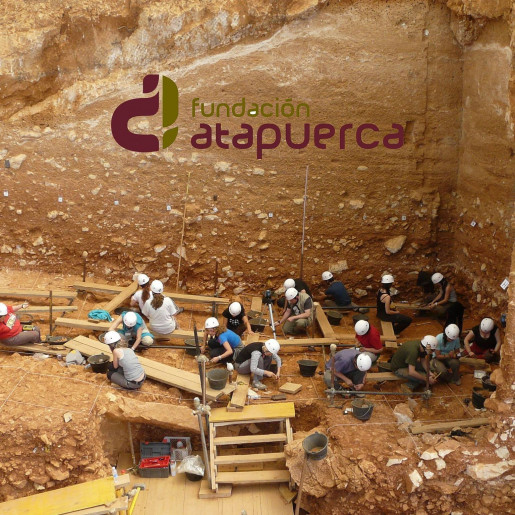
Yacimientos de la Sierra de Atapuerca
Equipment / structural
Calle Ctra. Logroño, 44, 09198 Ibeas de Juarros, Burgos, España
-
 Cultural-natural heritage
Cultural-natural heritage
-
 Areas of activity applied to this heritage
Areas of activity applied to this heritage
-
 Tangible cultural heritage
Tangible cultural heritage
Perfil generado con datos obtenidos de "import_bbddpp_agents_27032025_2". ¿Habla de tí o de tu organización? Solicita su propiedad aquí.
Bio / presentation
The archaeological sites of the Atapuerca mountain range are located about 15 km east of the city of Burgos. They began to gain significant scientific and social relevance following the discovery of the remains at the Sima de los Huesos in 1992, and, two years later, the discovery of human remains (over 900,000 years old) that led to the definition of a new species known as Homo antecessor. In the year 2000, UNESCO declared the Atapuerca sites a World Heritage Site. To promote and support this recognition, the Atapuerca Foundation was established on July 26, 1999, at the initiative of the three co-directors of the project: Juan Luis Arsuaga, José María Bermúdez de Castro, and Eudald Carbonell, with the broad goal of supporting and disseminating the Atapuerca Project. Fossil remains and evidence of five different hominid species have been found at the Atapuerca sites: Homo sp. (still undetermined, 1,300,000 years), Homo antecessor (850,000 years), pre-Neanderthal (500,000 years), Homo neanderthalensis (50,000 years), and Homo sapiens.